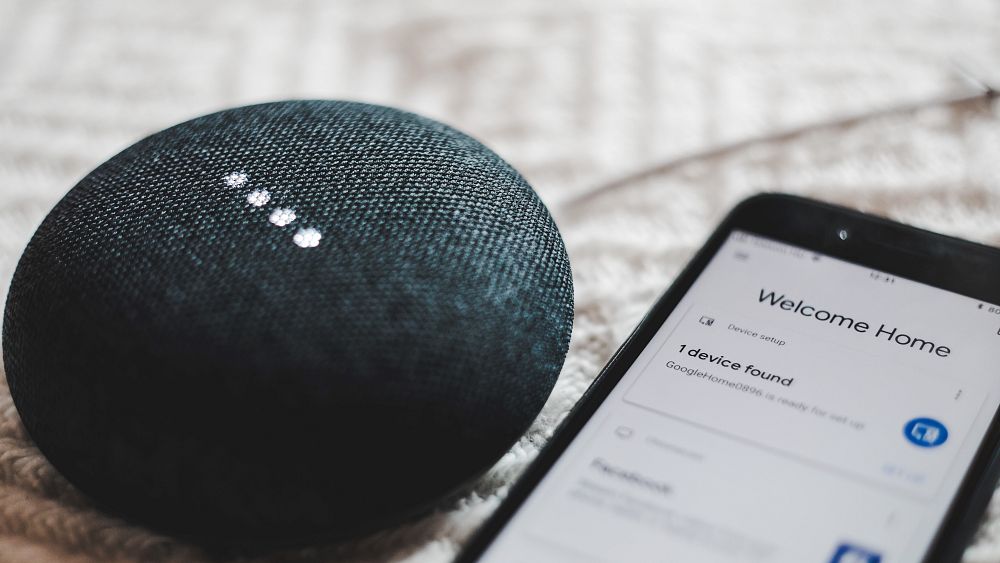Big Tech busca mejorar herramientas de reconocimiento de voz para personas con discapacidad

Las principales empresas de tecnología se están asociando con una universidad para desarrollar una tecnología de reconocimiento de voz que reconozca mejor a las personas con patrones de habla a menudo asociados con discapacidades.
Amazon, Apple, Google, Meta y Microsoft están trabajando con la Universidad de Illinois Urbana-Champaign (UIUC) en su Proyecto de Accesibilidad del Habla, cuyo objetivo es hacer que el reconocimiento del habla sea más inclusivo.
Muchos sistemas de reconocimiento de voz actuales, como los asistentes de voz y las herramientas de traducción, tienen dificultades para reconocer a las personas con ciertos patrones de habla, incluidas algunas cuyo habla se ve afectada por la esclerosis lateral amiotrófica (ELA), la enfermedad de Parkinson, la parálisis cerebral y el síndrome de Down.
Esto deja a algunas personas sin la opción de utilizar con éxito los sistemas de reconocimiento de voz.
El Speech Accessibility Project busca cambiar eso y está aprovechando el poder de Big Tech para desarrollar una solución con la ayuda de la inteligencia artificial (IA) y el aprendizaje automático.
“La elección de comunicarse y operar dispositivos con voz es crucial para cualquier persona que interactúe con la tecnología o la economía digital en la actualidad”, dijo Mark Hasegawa-Johnson, profesor de ingeniería eléctrica e informática en la UIUC que lidera el proyecto.
“Las interfaces de voz deben estar disponibles para todos, y eso incluye a las personas con discapacidades. Esta tarea ha sido difícil porque requiere una gran cantidad de infraestructura, idealmente del tipo que pueden respaldar las empresas tecnológicas líderes, por lo que hemos creado un equipo interdisciplinario único con experiencia en lingüística, voz, IA, seguridad y privacidad para ayudarnos a abordar esto. reto importante.” .
El proyecto recopilará muestras de voz de personas que representan una variedad de patrones de voz diferentes, creando un conjunto de datos que se utilizará para entrenar modelos de aprendizaje automático para comprender más de estos patrones y, en última instancia, mejorar la inclusión de sistemas de reconocimiento de voz.
Tecnología para superar las barreras de la comunicación
La Fundación Davis Phinney, una organización comunitaria, apoya a las personas con la enfermedad de Parkinson. Su directora ejecutiva, Polly Dawkins, dijo: “Parte de ese compromiso incluye garantizar que las personas con Parkinson tengan acceso a las herramientas, las tecnologías y los recursos que necesitan para vivir su mejor vida.
“El Parkinson afecta los síntomas motores, lo que dificulta la escritura, por lo que el reconocimiento del habla es una herramienta fundamental para la comunicación y la expresión. Estamos entusiasmados de asociarnos con este equipo para garantizar que este esfuerzo pueda beneficiar a nuestra comunidad”.
Otra organización involucrada en el proyecto, Team Gleason, ayuda a la comunidad de ALS con tecnología de asistencia, equipos y servicios de apoyo sólidos.
“El equipo de Gleason se esfuerza todos los días para brindar la mejor tecnología de asistencia disponible a la comunidad de ALS y, al mismo tiempo, explorar formas de avanzar en soluciones futuras”, dijo Blair Casey, directora ejecutiva del grupo.
“La tecnología tiene la capacidad de superar las barreras de comunicación y aumentar la independencia. El equipo de Gleason se enorgullece de ayudar a acelerar este esfuerzo para las personas que viven con ALS y cualquier otra persona con diferencias en el habla”.


:quality(75)/cloudfront-us-east-1.images.arcpublishing.com/elcomercio/4URROC5Z3RHMJOCSQ6I7PMRRLQ.jpg)

